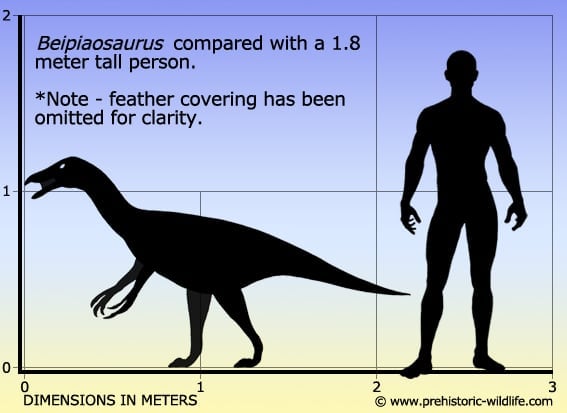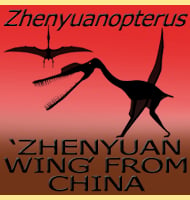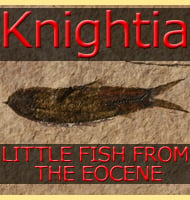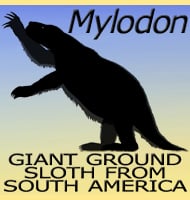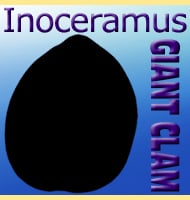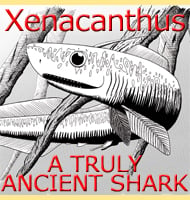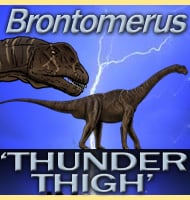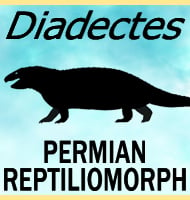In Depth
As a basal therizinosaur Beipiaosaurus revealed some surprising characteristics, hence the species name inexpectus. One of these characteristics is the underdeveloped inner toes, something that is very different to later therizinosaurids which have all four toes developed and in contact with the ground. This has been taken as an indication of a three toed ancestor, the fourth being speculated as being a dew claw that would regain contact with the ground in later descendents. This partly fits with the discovery of features that indicate coelurosaurian ancestry, the group that also gave rise to the tyrannosaurs.
Arguably the most significant discovery related to Beipiaosaurus is not just the presence of primitive feathers, but of two kinds of them. The first is what is thought to have formed a downy covering for the purpose of insulation and is a feature that would become increasingly common in later small active theropods. The second kind of feathers are larger and rise up through the downy layer. These feathers are between ten and fifteen centimetres long and about three millimetres wide. These feathers may have served more of a display purpose than a practical function, but it is still not possible to say with certainty.
Beipiaosaurus was once the largest known feathered dinosaur, a title it held on to until the description of the carnivorous tyrannosaur Yutyrannus in 2012.
Further Reading
– A therizinosauroid dinosaur with integumentary structures from China. – Nature 399:350-354. – X. Xu, Z.-L. Tang – X.-L. Wang – 1999. – Pygostyle-like structure from Beipiaosaurus (Theropoda, Therizinosauroidea) from the Lower Cretaceous Yixian Formation of Liaoning, China – Acta Geologica Sinica 77 (3): 294–298. – X. Xu, Y. Cheng, X. -L.Wang, C. Chang – 2003. – Cranial osteology of Beipiaosaurus inexpectus (Theropoda: Therizinosauria). – Vertebrata PalAsiatica. 57 (2): 117–132. – C. -C. Liao & X. Xu – 2019.
